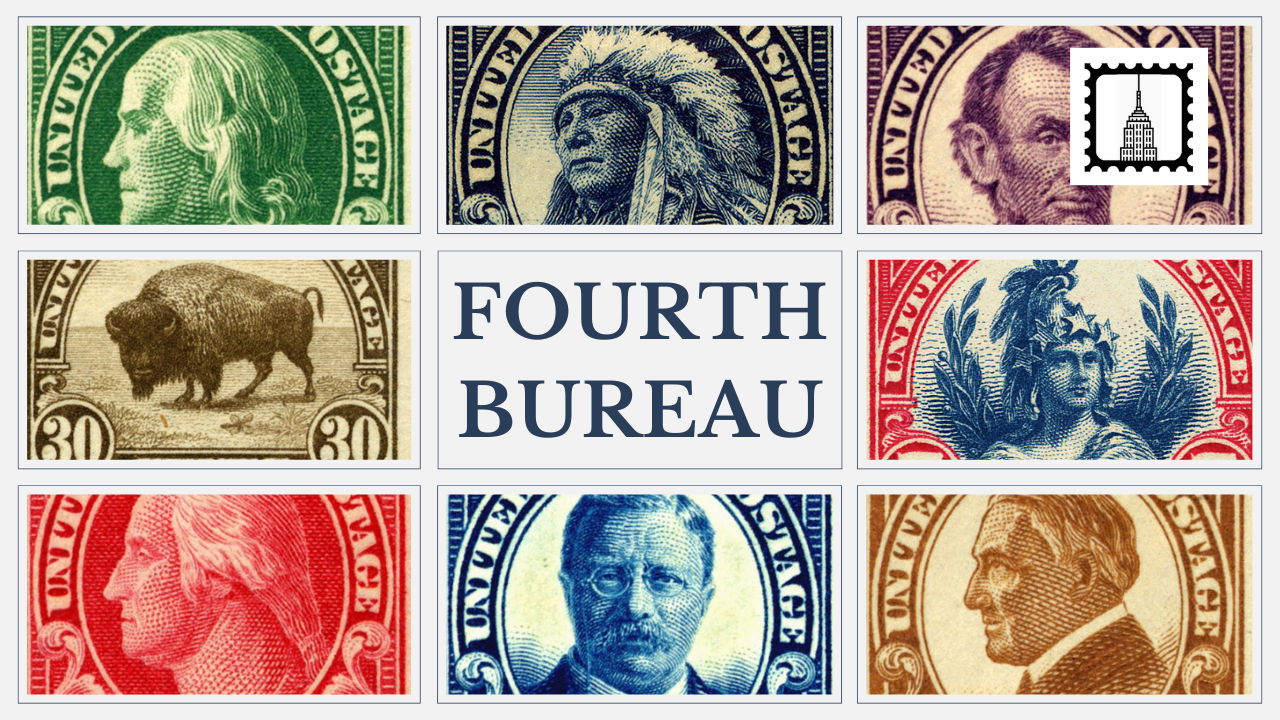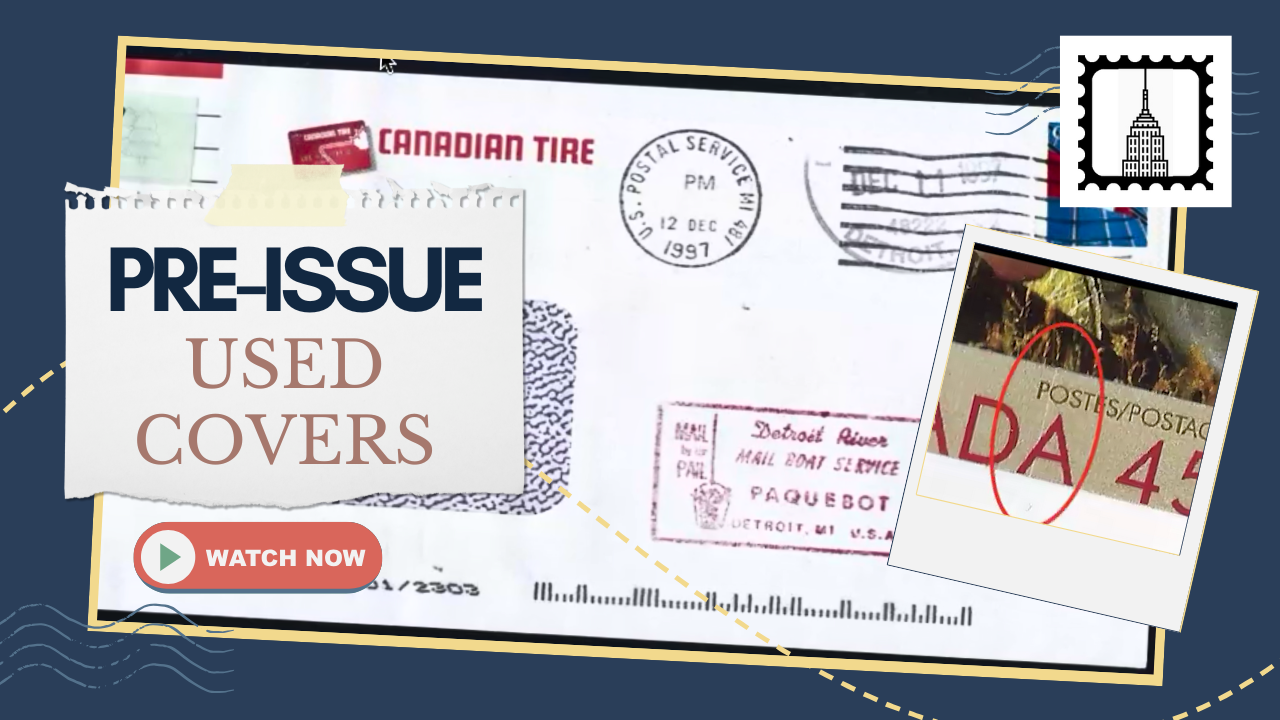Presentation by Phil Pritchard
Introduction
French West Africa holds a special place in the world of philately due to its many territorial shifts and rebranding of colonies. Names like French Sudan, Upper Volta, and Dahomey have been replaced by the modern-day Mali, Burkina Faso, and Benin, respectively. As a stamp collector, it’s easy to feel confused about which stamp belongs where. This blog post highlights key insights from Phil Pritchard’s presentation on the topic—helping you sort out the different country names and the historical context behind them.
Questions to Think About
- Why did French West Africa undergo so many name changes?
- How do those changes show up in postage stamps?
Historical Background
The Scramble for Africa
- Colonial Roots: French West Africa came into being during the late 19th-century “Scramble for Africa.” France carved out large territories, starting often with coastal enclaves and gradually moving inland.
- Colonial Transitions: It’s essential to remember these transitions weren’t always orderly; wars, treaties, and resource interests shaped how boundaries were drawn.
French West Africa as an Administration
- Creation and Governance: Officially named French West Africa in 1895, it grouped together colonies like Senegal, French Sudan, and Ivory Coast.
- Stamp Issuing: Until 1943, stamps were usually issued under each colony’s name (e.g., French Sudan), even though they all fell under the French West Africa umbrella.
Major Country Name Confusions
French Sudan → Mali
- Origins: Initially known as Upper Senegal-Niger, then as French Sudan.
- Post-Independence: Became the Republic of Mali after a brief stint as the Sudanese Republic in the short-lived Federation of Mali (with Senegal).
- Collector’s Note: Stamps might say “French Sudan,” “Sudan,” or reference the Federation of Mali before the country finally settled on “Mali.”
Upper Volta → Burkina Faso
- Formation: Carved out of French Sudan in the early 1920s.
- Name Changes: Absorbed, split, and reconstituted over time. Eventually went from Upper Volta to Burkina Faso in 1984.
- Collector’s Note: Early stamps labeled “Haute-Volta” (French for “Upper Volta”) can be easy to miss if you’re only scanning for “Burkina Faso.”
Dahomey → Benin
- Kingdom of Dahomey: Once a powerful pre-colonial state.
- French Colony: Became French Dahomey, issuing its own stamps.
- Modern Name: Post-independence, changed to Benin in 1975.
- Collector’s Note: Stamps may say “Dahomey,” “République du Dahomey,” or “Benin”—all pointing to the same geographical space.
Other Key Territories
- Togo: Once German, split between the British and French after WWI; French Togo’s stamps differ from those of British-ruled areas.
- Senegal: The cornerstone of French West Africa, regularly used by the French as an administrative hub.
- French Guinea: Became Guinea (not to be confused with Guinea-Bissau, a former Portuguese colony, or Equatorial Guinea, once Spanish-ruled).
A Look at the Stamps
Overprints and Common Designs
- Navigation & Commerce Series: An early design used widely across French colonies, often overprinted with the colony’s name.
- Colonial Heroes & Local Scenes: Mid-20th-century issues showcase local landmarks or heroes of French expansion.
- Postage Dues & Airmails: Each region had its own variations, sometimes sharing designs but overprinted with unique colony identifiers.
Confusion in Catalogs
- Multiple Overprints: When territory lines changed, the same base stamps might be overprinted with new colony names.
- Mergers & Splits: Brief unions (like the Federation of Mali) can add another layer of complexity.
Tips for Collecting
- Use Detailed Catalogs
Look for specialized catalogs that cover overprints and transient country names—this helps you trace each stamp to its rightful colony and timeframe. - Focus on Maps
Historical maps can clarify overlapping borders and the short-lived “combined” entities that existed. Many serious collectors find maps invaluable to sorting out a stamp’s origin. - Beware of Forgeries & Fantasies
Especially for rare transitional stamps or odd overprints, it’s good to double-check authenticity. Some items floating around may never have been legitimately issued. - Take Notes
Jot down the year(s), the design theme, and the overprint wording each time you acquire a new stamp from this region. This helps you keep track of which iteration of the colony you’re dealing with. - Stay Curious
French West Africa’s story is a tapestry of changing borders, administrations, and alliances. Don’t be discouraged if you don’t grasp everything at once—part of the fun is the detective work!
Why This Matters
Collecting stamps from French West Africa is more than just filling album pages. Each stamp is a snapshot of history—a tangible piece of the colonial past, independence struggles, and nation-building efforts that shaped modern West Africa. By understanding the context behind these name changes and territorial shifts, you’re not only building a comprehensive stamp collection but also immersing yourself in the rich cultural and political transformations that formed today’s Mali, Burkina Faso, Benin, and more.
Final Thoughts
Tara, French West African philately might seem complicated at first glance, but once you start piecing the puzzle together, you’ll realize each stamp tells its own compelling story. Whether you collect stamps for their artwork, cultural value, or historical importance, understanding where they come from adds depth and meaning to your hobby.
If you have any questions or want to dive deeper into a specific colony’s stamps, let me know! I’m happy to help you explore the intricacies of French West Africa’s philatelic world further.






